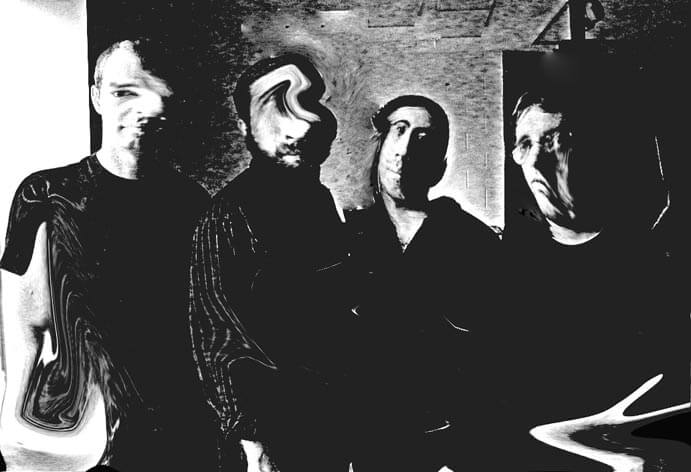Just as John Cage taught us important musical lessons about silence (in both his germinal book on the subject and his iconic piece 4’33”), Austrian composer Georg Friedrich Haas is teaching us about darkness. One such lesson is his String Quartet No. 3, „In iij. Noct.,“ which the JACK Quartet vigorously unfurled at the Transformer Station contemporary art space in Cleveland on March 1, 2016. The concert was the first of the quartet’s two-night residency on the Cleveland Museum of Art’s Performing Arts series. The title of Haas’ work refers to the ancient Holy Week Tenebrae service, during which candles are extinguished one by one until there is no light. But Haas offers no such comforting immersion. „In iij. Noct.“ is performed in total darkness.
In recent tell-all interviews in the New York Times and the online music site VAN, Haas has, for the first time, openly discussed his lifelong fascination with dominant-submissive relationships. And „In iij. Noct.“ can be read as a dom-sub game between the composer and the players, between the players and the audience. The work unfolds in eighteen sections, governed by rules and parameters more than strictly specified notes. For the most part, the order and duration of playing the sections is determined spontaneously by the players in an invitation and (perhaps) acceptance scheme.
CMA Performing Arts series director Tom Welsh read a disclaimer, which was followed by a one-minute darkness tolerance test. Two people quickly departed; all who stayed were consenting adults. Violinists Christopher Otto and Ari Streisfeld, violist John Pickford Richards, and cellist Kevin McFarland entered the space and positioned themselves in the four corners surrounding the audience of about 50 patrons. Then the lights went out. The decommissioned transformer room was an ideal venue — a cubic brick behemoth, highly reverberant. A dungeon or a chapel? In darkness, who could tell? Streisfeld said afterwards it was the most satisfying location they have yet found for playing this enveloping work.
Composer Georg Friedrich Haas
Darkness in Haas’ hands is a two-faced Janus of ecstasy and terror, and experiencing this music while deprived of visual sense was disorienting and hallucinogenic. Five minutes into the performance, I lost all sense of time and place. The invitation sections in „In iij. Noct.“ sound just barely recognizable as music: dripping water over there, grinding gears over here, scuttling rats across the room. When an invitation was accepted, sudden bursts of sound came flying overhead like dark-matter sparks of electricity arcing to ground in the center of the room. Long, intense single notes gradually evolved in microtonal steps through ascending and descending scales. Silence came suddenly and the game began anew.
Two-thirds of the way through, by Haas’ prescription, the most traditionally musical section of „In iij. Noct.“ arrived, a gloriously delirious quotation from Carlo Gesualdo, the 16th-century composer of deeply religious music for Catholic ritual practice. He is just as well known for his scandalous lifestyle, having murdered his wife when he found her in flagrante delicto with her lover. When the ultimate silence came, the audience remained in stunned silence for several minutes. Sustained applause rang out as the light slowly returned.
Mollena Lee Williams-Haas with Georg Friedrich Haas at Royal Opera House, London (photo: Mollena Lee Wiiliams-Haas)
Haas, who teaches composition at Columbia University, has said that his recent marriage with his equally willing and fascinated partner, Mollena Lee Williams-Haas, has brought him newfound domestic tranquility. He now considers the act of composing as something sacred rather than as his therapy. It remains to be seen what effects this change may have in Haas’ compositions. His earlier pieces such as „In iij. Noct.“ and In Vain teeter between craving the dark and abject fear of it, giving them a crackling nervous energy. Now that he is living much more in the light, let’s hope Haas still has lessons to teach us about the dark.

